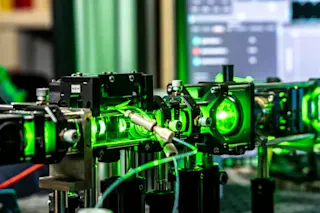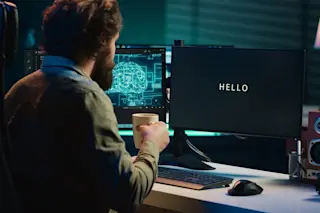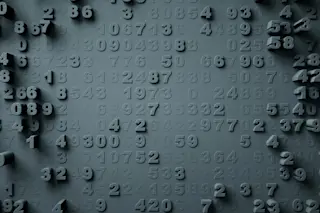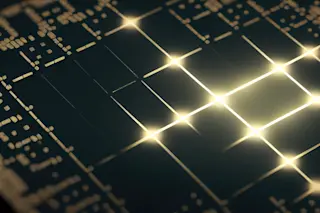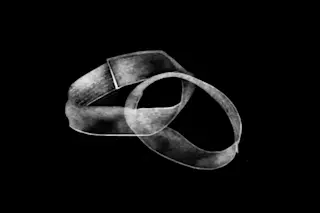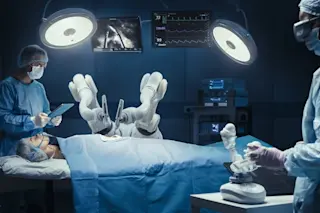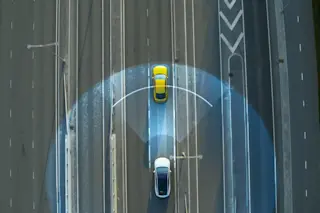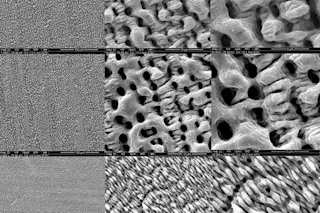It’s kind of like taking water out of orange juice to make concentrate, and then adding water to turn it back into orange juice later on. That’s how Todd Townsend of Compression Labs describes the process of video compression, the technology that makes AT&T;’s new VideoPhone 2500 possible. The VideoPhone is the first practical way to transmit audio and full-motion color video over existing phone lines.
A videophone has been the stuff of science-fiction fantasy for more than a century; shows from The Jetsons and Flash Gordon to Star Trek had a videophone in a starring role. Although technologically feasible since 1964, when AT&T; unveiled its Picturephone at the New York World’s Fair, no one could figure out a way to make a practical model.
In the 1980s Sony and Mitsubishi introduced inexpensive plug-in- the-wall video telephones, but these could only send black-and-white still images, and conversation had to be ...






